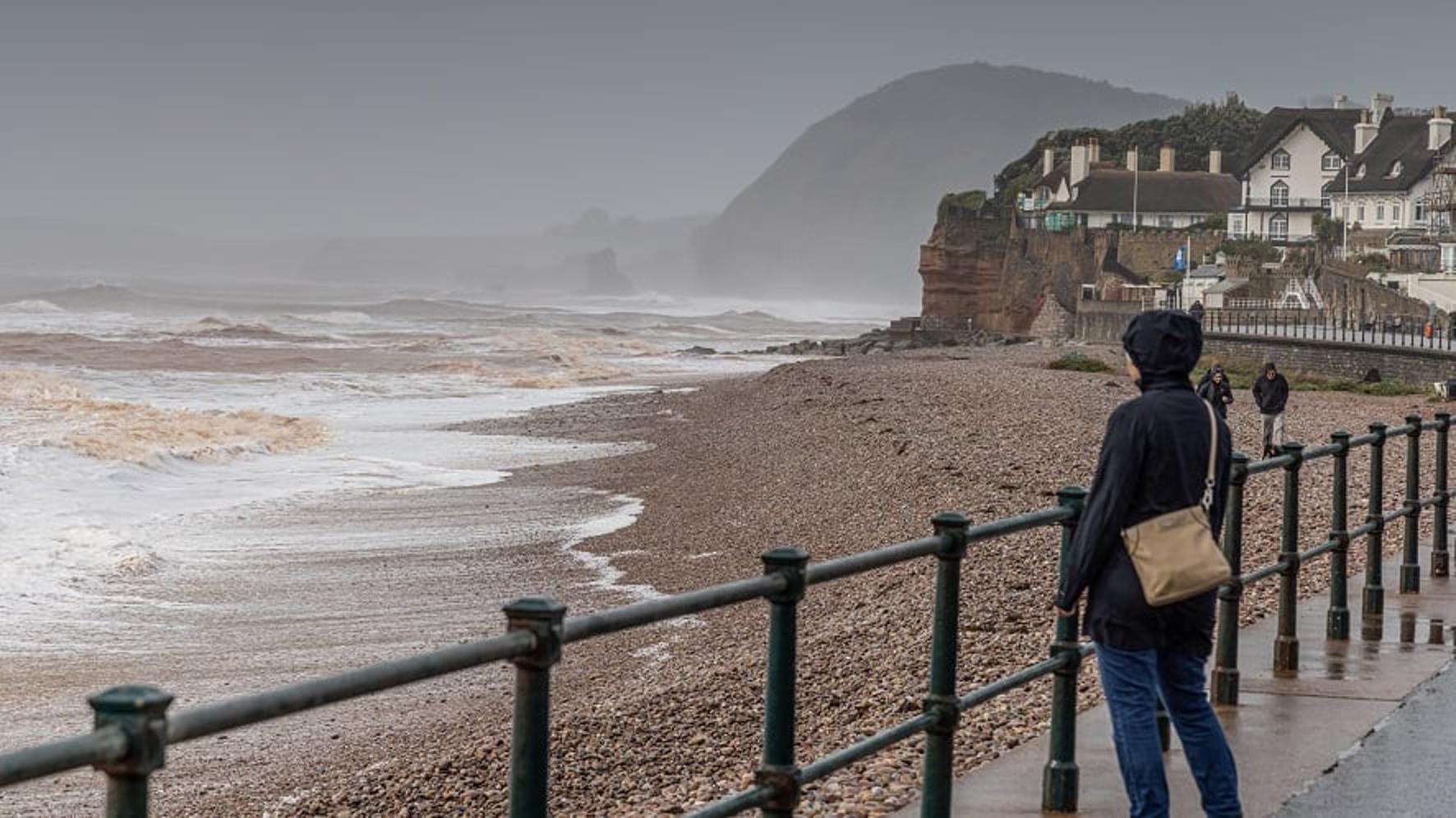By Helen Dobby, Head of Environmental Performance at South West Water
There has been a lot of attention around storm overflows in recent years and rightly customers and stakeholders have been calling for all water companies to reduce spills.
We are serious about reducing our reliance on storm overflows and this is backed up by record level investment, with a priority on reducing overflows at more than 150 bathing and shellfish waters.
However, it’s important to understand what storm overflows are and why we need them.
What are storm overflows?
Storm overflows are an essential part of the wastewater system, designed to stop wastewater from backing up and flooding properties and open spaces during times of heavy rainfall.
During a storm event, heavy or prolonged rainfall can rapidly increase the flow in the combined sewer and may cause it to be overwhelmed. Storm overflows are designed to act as safety valves by releasing excess storm water automatically into the sea or river, to protect properties and land from flooding.
Due to the combined nature of our network, storm overflows are made up of a mixture of surface water and sewage, with surface water making up the majority of flows. In many cases, this wastewater will have undergone early stages of treatment, for example settlement and screening, to remove solids before it is released into the environment.
What causes storm overflows to spill?
- Heavy rainfall is the main cause. Climate change has had a big impact on the wastewater system, with more frequent, heavier rainfall.
- We have a growing population placing greater demand on the network plus an influx of 10m visitors to our region each year. Sometimes the combination of weather and peak use leads to the network becoming overwhelmed.
- We’ve seen a decreases in natural drainage to make way for housing and infrastructure.
- Blocked pipes, often caused by wet wipes, lead to household wastewater backing up and discharging to the environment.
- Groundwater can infiltrate into our network through cracks and faulty connections in the pipework and overwhelm the network.
- Issues on our network such as burst pipes.
- Illegal connections to our network by a third-party.
What are you doing to improve storm overflows?
We know the current number of storm overflow spills is unacceptable. We’ve committed to an average of 20 spills per year across all storm overflows by 2025 and to reduce spills at bathing and shellfish waters to minimal levels by 2030.
We were one of the first water companies to have all our storm overflows monitored meaning we know exactly what is happening, when and where, allowing us to target investment and make changes where it matters most.
We will also be the first water company to meet the Government target of less than 10 spills per overflow, per year – a decade ahead of target.
Why don’t you just separate the combined network?
Defra – the Department for Environment Food and Rural Affairs – estimates the cost of separating the combined network across the country could be up to £590 billion. This work would require a significant increase to customer bills, take years to complete and likely cause harm to the environment, damage habitats and generate carbon emissions.
There are a wide range of factors can impact water quality in our rivers and seas. Agriculture, mining and quarrying, transport and local government can also contribute to water quality. In order to improve water quality, we all need to play our part.
How are storm overflows impacting bathing water quality?
The South West region has some of the best bathing waters and beaches in Europe. Almost all of our 860 miles of coastline have a ‘good’ or ‘excellent’ water quality rating, as determined by the Environment Agency, compared to just 28% in the 1990s.
For the past three years, all bathing waters where we have storm overflows that could impact water quality have met quality standards.
Working in partnership
We work with farmers and landowners through our Upstream Thinking programme to use nature-based solutions and interventions to prevent run-off from land entering our rivers and seas. We’ve worked with over 1,000 farms since 2020.
We’ve also partnered with the University of Exeter on the Centre for Resilience in Environment, Water and Waste (CREWW) which will research some of the most important challenges faced by the water sector today.
Through significant investment and working in partnership, we will tackle the challenge of storm overflows head-on, to help safeguard our region’s water quality for now and for the future.
Further information
For further information about storm overflows and South West Water's plan for healthy rivers and seas, see www.southwestwater.co.uk/waterfit
